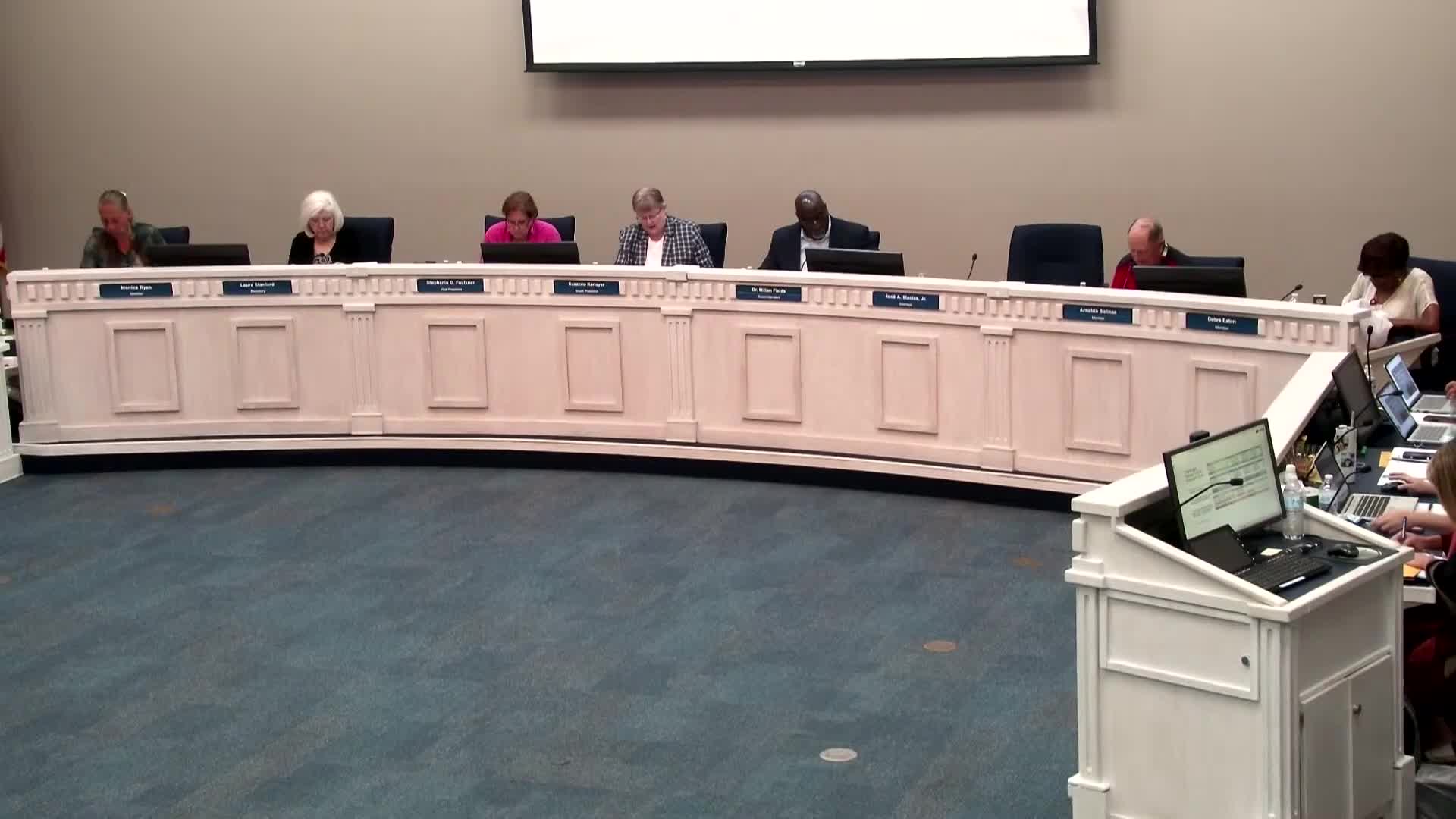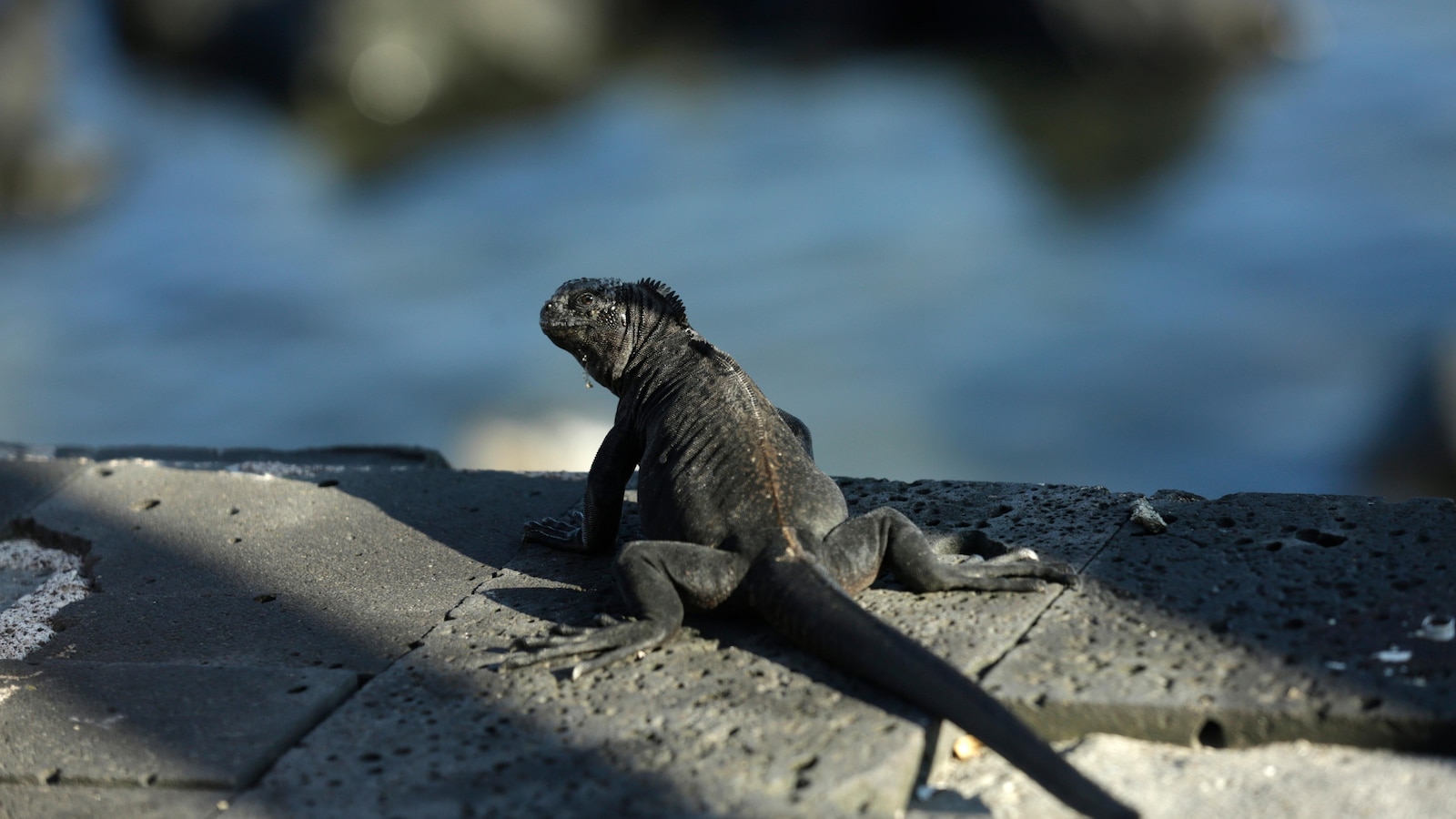Amid proposed budget cuts, Maine Audubon working to preserve Endangered Species Act – Spectrum News

Report on Advocacy Efforts to Uphold the Endangered Species Act in Alignment with Sustainable Development Goals
Executive Summary
A civic action in Maine, involving a petition signed by nearly 2,000 residents, highlights a significant effort to protect the U.S. Endangered Species Act (ESA) from proposed budgetary and staffing reductions. Led by the non-governmental organization Maine Audubon, this initiative directly supports the achievement of the United Nations Sustainable Development Goals (SDGs), particularly those concerning biodiversity. The proposed 60% cut in implementation funds and reductions in staffing for the U.S. Fish and Wildlife Service pose a direct threat to progress on these global goals. This report analyzes the situation through the lens of the SDGs, focusing on Life on Land (SDG 15), Life Below Water (SDG 14), and Partnerships for the Goals (SDG 17).
Upholding SDG 15: Life on Land
The Endangered Species Act is a primary national instrument for achieving the targets of SDG 15, which aims to protect, restore, and promote the sustainable use of terrestrial ecosystems and halt biodiversity loss. The effectiveness of the Act is a cornerstone of U.S. efforts to protect threatened species.
- Proven Efficacy: The ESA has demonstrated a 99% success rate in preventing the extinction of species under its protection.
- Protected Species in Maine: The state is home to approximately 16 federally endangered species whose survival is linked to the Act’s implementation. These include:
- Piping Plovers
- Canada Lynx
- Long-eared Bat
- Small Whorled Pogonia (plant)
- Furbish’s Lousewort (plant)
- Case Study in Species Recovery: The recovery of the Bald Eagle in Maine exemplifies the positive impact of the Act, directly contributing to SDG 15’s goal of halting biodiversity loss.
- Initial Status (1960s): The population was reduced to only 21 breeding pairs.
- Current Status: The population has recovered to nearly 800 pairs.
Protecting SDG 14: Life Below Water
The scope of the ESA also extends to marine life, making it a vital tool for advancing SDG 14, which calls for the conservation and sustainable use of oceans, seas, and marine resources. The protection of marine species is critical for maintaining the health and biodiversity of marine ecosystems.
- Key Marine Species: Among the species protected by the Act in the region is the North Atlantic Right Whale, a critical component of marine biodiversity whose protection is essential for achieving SDG 14 targets.
Strengthening SDG 16 and SDG 17: Strong Institutions and Partnerships
The campaign to defend the ESA demonstrates a multi-stakeholder partnership (SDG 17) working to ensure the effectiveness of a key environmental institution (SDG 16). The Act, passed in 1973, represents a strong institutional framework for conservation. The current advocacy highlights a collaboration to maintain its integrity.
- Multi-Stakeholder Collaboration:
- Civil Society: Maine Audubon is leading advocacy and outreach to mobilize public and political support.
- Public Citizens: Nearly 2,000 residents have engaged in the democratic process through a petition to influence policy.
- Government: The U.S. Congress is the focus of the advocacy, as it holds responsibility for approving funding bills.
- Broad Institutional Support: The ESA is an institution with strong bipartisan public backing, reinforcing its legitimacy and importance.
- Support among Republicans: 84%
- Support among Democrats: 94%
Conclusion
The proposed budgetary and staffing cuts to the Endangered Species Act represent a significant challenge to the United States’ ability to meet its biodiversity commitments as outlined in the Sustainable Development Goals. The advocacy efforts in Maine underscore the critical role of strong legal frameworks and collaborative partnerships in protecting life on land (SDG 15) and below water (SDG 14). Continued and robust funding for the ESA is essential for maintaining the integrity of this vital institutional tool and ensuring continued progress toward a sustainable future.
Analysis of Sustainable Development Goals in the Article
-
Which SDGs are addressed or connected to the issues highlighted in the article?
The article primarily addresses issues related to two Sustainable Development Goals:
- SDG 15: Life on Land – This goal is central to the article, which focuses on the protection of terrestrial and freshwater species and their habitats through the Endangered Species Act. The text explicitly mentions several land-based species in Maine, such as the Canada lynx, the long-eared bat, and plants like the small whorled pogonia and Furbish’s lousewort. The successful recovery of the bald eagle, a terrestrial bird, is a key example used to demonstrate the effectiveness of conservation efforts.
- SDG 14: Life Below Water – This goal is also relevant as the article mentions the protection of marine and coastal species. The North Atlantic right whale is listed as a federally endangered species in Maine, directly connecting the issue to marine biodiversity. Furthermore, the protection of the piping plover, a coastal bird, and the collaboration with “coastal cities and towns” highlight the focus on conserving coastal ecosystems.
-
What specific targets under those SDGs can be identified based on the article’s content?
Based on the article’s content, the following specific targets can be identified:
- Target 15.5: Take urgent and significant action to reduce the degradation of natural habitats, halt the loss of biodiversity and, by 2020, protect and prevent the extinction of threatened species. The entire article is about the effort to protect the Endangered Species Act, a primary tool for preventing the extinction of threatened species. The article states that “Ninety-nine percent of the species that are protected under the act have survived,” which directly aligns with this target’s objective.
- Target 14.2: By 2020, sustainably manage and protect marine and coastal ecosystems to avoid significant adverse impacts… The article’s mention of protecting the North Atlantic right whale (a marine species) and the piping plover (a coastal species) connects directly to this target. The statement that Maine Audubon “has worked closely with coastal cities and towns to protect the piping plovers” is a clear example of action towards managing and protecting coastal ecosystems.
- Target 15.7: Take urgent action to end poaching and trafficking of protected species of flora and fauna… While not explicitly mentioning poaching, the article’s focus on the Endangered Species Act, which provides legal protection for species like the bald eagle and Canada lynx, inherently supports this target by creating the legal framework to combat illegal activities against protected wildlife.
-
Are there any indicators mentioned or implied in the article that can be used to measure progress towards the identified targets?
Yes, the article mentions and implies several quantitative and qualitative indicators that can be used to measure progress:
- Population counts of specific species: This is a direct, quantitative indicator of recovery and conservation success. The article provides concrete data: “in the 1960s, bald eagles nearly disappeared in Maine with only 21 pairs left. There are now almost 800 pairs.” It also mentions that piping plovers “had near record numbers this summer.” These figures measure progress toward preventing extinction (Target 15.5) and protecting coastal ecosystems (Target 14.2).
- Survival rate of protected species: The article provides a powerful statistic that serves as a high-level indicator of the effectiveness of the conservation program: “Ninety-nine percent of the species that are protected under the act have survived.” This directly measures the success in achieving the core goal of Target 15.5.
- Number of federally protected species: The article states there are “about 16 federally endangered species in Maine.” This list itself serves as a baseline indicator. Tracking changes to this list (species being added, removed due to recovery, or becoming extinct) is a way to measure the overall status of biodiversity in the region.
-
Create a table with three columns titled ‘SDGs, Targets and Indicators” to present the findings from analyzing the article.
SDGs Targets Indicators SDG 15: Life on Land 15.5: Protect and prevent the extinction of threatened species. - Population count of bald eagles (increased from 21 to 800 pairs).
- Survival rate of species under the Endangered Species Act (99%).
- Number of federally endangered species in Maine (approx. 16).
SDG 14: Life Below Water 14.2: Protect marine and coastal ecosystems. - Population status of piping plovers (“near record numbers”).
- Inclusion of marine species (North Atlantic right whale) on the endangered list requiring protection.
SDG 15: Life on Land 15.7: Take urgent action to end poaching and trafficking of protected species. - Existence and enforcement of the Endangered Species Act, which provides legal protection for species like the bald eagle and Canada lynx.
Source: spectrumlocalnews.com

What is Your Reaction?
 Like
0
Like
0
 Dislike
0
Dislike
0
 Love
0
Love
0
 Funny
0
Funny
0
 Angry
0
Angry
0
 Sad
0
Sad
0
 Wow
0
Wow
0










































































